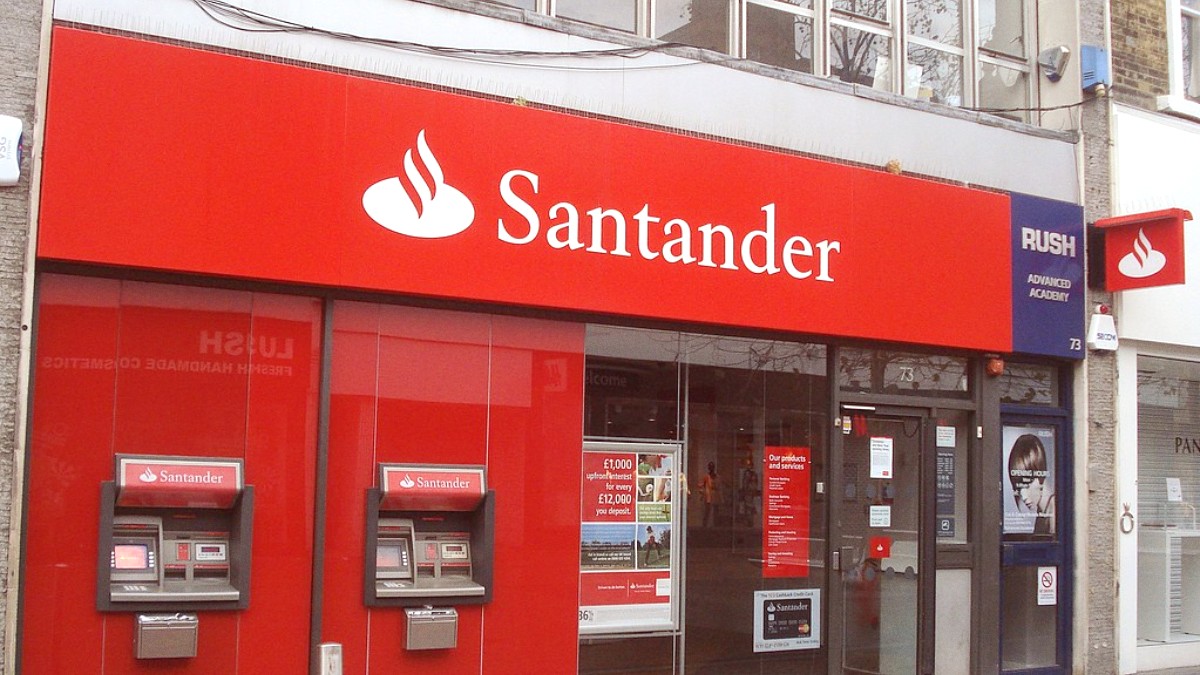
Cantabria Asturias And Galicia, Spain
Cantabrian food reflects a history of fishing, farming, and pastoral traditions. The region's unique culinary identity emphasizes seasonal and local produce, with seafood paramount due to the long coastline.
Ingredients: Expect fresh catches like hake, anchovies, sardines, clams, squid, mussels, and sea bass. Beef from local Tudanca cattle is prized. Cantabria is famous for cheeses like Queso de Cantabria. Flavors are often simple, featuring olive oil, garlic, and parsley.
8:00 AM - 10:00 AM. Typically light, consisting of coffee, toast, or a pastry.
2:00 PM - 4:00 PM. This is the largest meal, often featuring a "Menu del Día."
9:00 PM - 11:00 PM. Lighter than lunch, or a meal consisting of various tapas.
Freshly battered and deep-fried squid rings. A quintessential Santander staple, perfect as a snack or appetizer.
Find at almost any bar or restaurant, especially along the waterfront.
Simple, fresh, and seasonal grilled sardines. Best during the summer months when abundant.
Available at seafood restaurants and beachside chiringuitos.
Sobao Pasiego: Rich, buttery sponge cake. Quesada Pasiega: Baked cheesecake-like dessert. Corbatas de Unquera: Bow-tie shaped puff pastry sweets.
These are widely available at bakeries and cafes.
A potent pomace brandy, often served as a digestif. Varieties include "orujo de hierbas" (herbal liqueur).
While more associated with Asturias, Cantabria also produces cider, often served in a specific pouring style. Also look for "Vino de la Tierra de Cantabria," often light whites.
Santander features renowned establishments for an elevated culinary experience.
Numerous options in Puertochico, Tetuán, and the city center.
Affordable dining and local market experiences.
Growing awareness exists, but traditional Cantabrian cuisine is meat and fish-centric. Vegetarian options like salads or grilled vegetables are easier to find. Vegan options are more challenging; research specific restaurants or consider self-catering.
Clearly specify "sin carne" (without meat) and "sin pescado" (without fish).
Gluten-free dining is increasingly recognized. Many restaurants cater to "sin gluten" needs if informed. It helps to carry a Translation card. Major supermarkets stock specialty products.
Halal and kosher options are very limited or non-existent; self-catering might be the best approach.
Focus on Cantabrian cuisine, or explore tapas bars and markets with a food tour.
Visit cheese producers or bakeries in rural Cantabria for insight into local ingredients.
Check local tourism calendars for gastronomic events celebrating seasonal products.
Enjoy casual seafood at beachside chiringuitos or engage in the social custom of sharing tapas.
Utilize apps like HappyCow to find vegetarian and vegan dining options in Santander.
These apps often provide reviews and specific menu details from other travelers.
Communicate clearly with restaurant staff about your dietary restrictions. Carrying a Translation card explaining specific allergies can be helpful.
This reduces misunderstanding and helps kitchen staff prepare suitable meals.
Some local culinary schools or tour operators offer cooking classes focusing on Cantabrian cuisine. Food tours combine walking with visits to various tapas bars and markets.
Inland Cantabria offers opportunities to visit cheese producers (e.g., Picón Bejes-Tresviso), dairy farms, or traditional sobao and quesada bakeries in the Pasiegos valleys.
Local culinary schools or specialized tour operators offer cooking classes focusing on Cantabrian cuisine.
Food tours often combine walking with visits to various tapas bars and markets, offering tastings and insights into local food culture.
Inland Cantabria provides opportunities to visit cheese producers, dairy farms, or traditional sobao and quesada bakeries.
Consult local tourism calendars for specific dates and details on food festivals and events during your visit.
This helps you plan around seasonal specialties.
Venture beyond the city center to experience diverse dining options, from the beachside chiringuitos to inland Cantabrian producers.
Each area offers an unique culinary perspective.
Santander’s coastal location guarantees an abundance of high-quality, fresh seafood, a cornerstone of its cuisine.
From Michelin-starred fine dining to casual tapas bars and bustling markets, Santander caters to all tastes and budgets.
Do not miss traditional sweets like sobaos and quesadas, and the potent local brandy, Orujo.
For the best value, specifically at lunchtime, seek out restaurants offering a "Menu del Día."